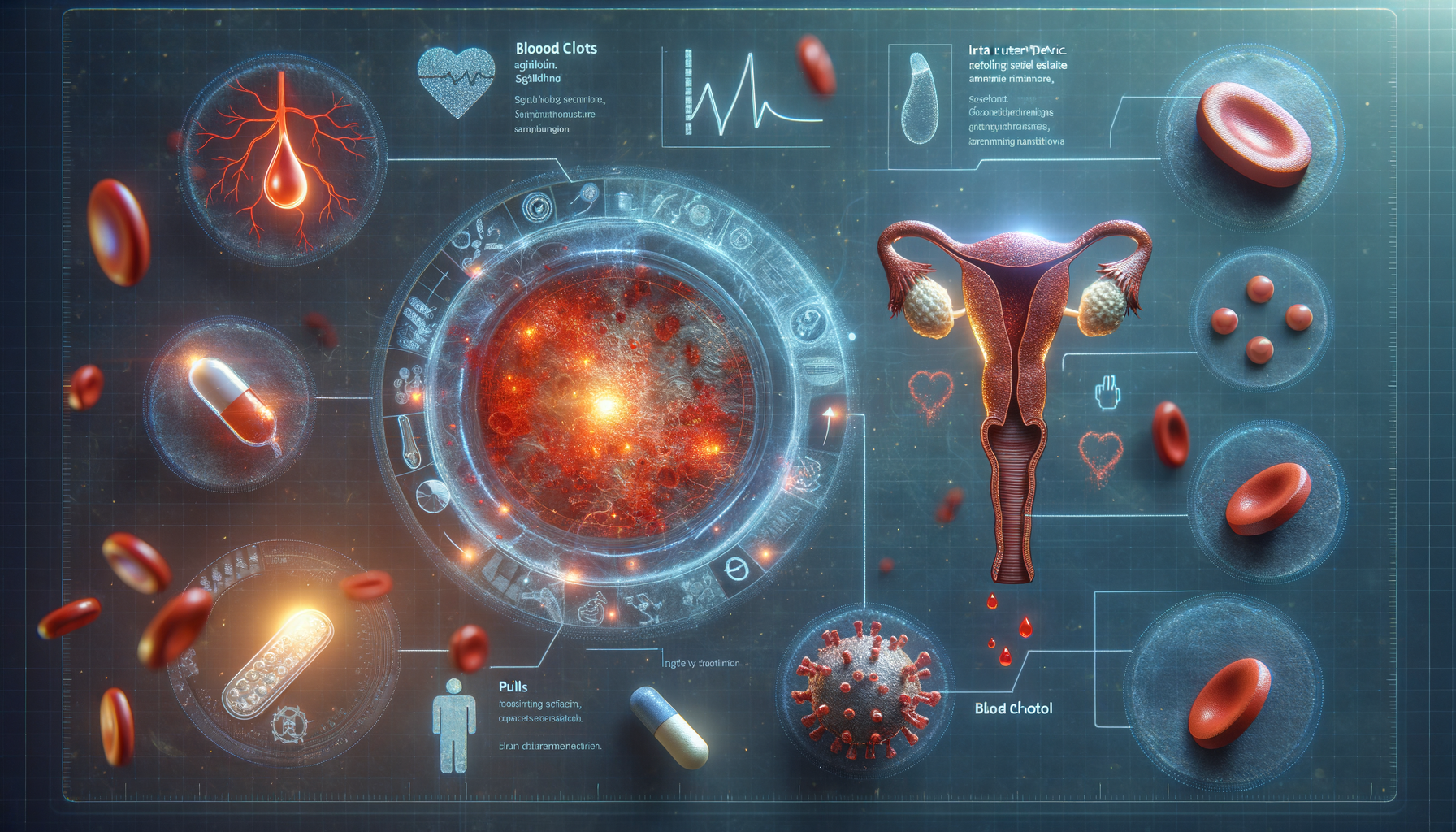Introduction to Blood Clots
Blood clots are a serious health concern that can lead to life-threatening conditions if not recognized and treated promptly. They form when blood changes from a liquid to a gel-like state, often in response to an injury. However, when they occur within veins or arteries without a clear cause, they can become dangerous. Understanding the early signs of blood clots, how they feel, and the associated risks with certain medications, such as birth control, is crucial for prevention and timely intervention.
Early Signs of Blood Clots
Recognizing the early signs of blood clots can be life-saving. Common symptoms include swelling, pain, and tenderness, often in the leg or arm. The affected area may also feel warm to the touch and appear red or discolored. These symptoms result from the obstruction of blood flow, leading to increased pressure and inflammation in the surrounding tissues.
In some cases, blood clots may not present obvious symptoms, making them particularly dangerous. This is why understanding your personal risk factors, such as a history of clotting disorders, recent surgery, or prolonged immobility, is important. If you experience unexplained symptoms like sudden shortness of breath, chest pain, or a rapid heartbeat, seek medical attention immediately, as these could indicate a clot has traveled to the lungs, causing a pulmonary embolism.
What Does a Blood Clot Feel Like?
Describing what a blood clot feels like can vary from person to person, but there are common sensations to be aware of. Typically, individuals report a throbbing or cramping pain in the affected limb. This discomfort is often localized to the calf or thigh when the clot is in a leg vein. The pain may worsen with activity or when standing, and improve with rest and elevation of the limb.
Additionally, the skin over the clot may feel warm or hot, and the area might be tender to the touch. These physical sensations are the body’s response to the increased pressure and inflammation caused by the clot obstructing normal blood flow. It’s important to note that not all clots cause noticeable symptoms, which is why regular check-ups and awareness of personal risk factors are important.
Birth Control and Blood Clot Risk
Many women use birth control for family planning and to manage other health conditions. However, it’s important to understand that some forms of hormonal birth control can increase the risk of developing blood clots. This risk is primarily associated with estrogen-containing contraceptives, which can affect blood clotting mechanisms.
The risk of blood clots is higher during the first year of using hormonal birth control and can also increase with other factors such as smoking, obesity, and a family history of clotting disorders. It’s crucial for women to discuss their individual risk factors with healthcare providers when choosing a birth control method. Non-hormonal options or progestin-only methods may be considered for those at higher risk.
Despite the increased risk, it’s important to weigh the benefits of birth control against the potential for clots. For many, the risk remains low and manageable with proper medical guidance and lifestyle adjustments.
Conclusion: Staying Informed and Vigilant
Understanding the signs and risks associated with blood clots is essential for maintaining health and preventing complications. By recognizing symptoms early, being aware of personal risk factors, and discussing concerns with healthcare providers, individuals can take proactive steps to manage their health. Whether considering birth control options or monitoring for symptoms, staying informed and vigilant is key to preventing the potentially serious consequences of blood clots.
Remember, if you suspect a blood clot, seek medical attention promptly. Early detection and treatment can significantly reduce the risk of complications and improve outcomes.








